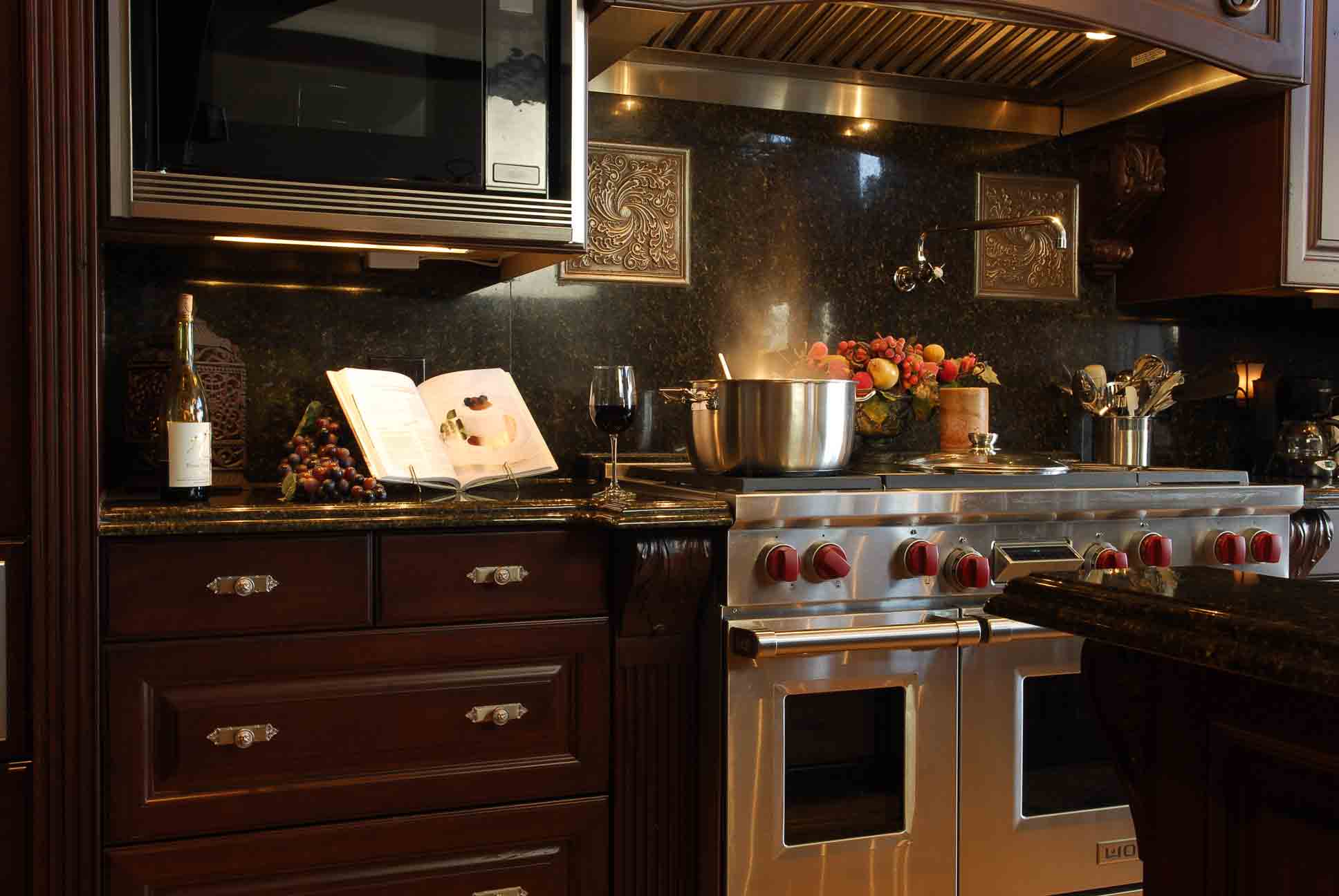
You might ask: Why should I bother staging my home? What do I get back for all the time and effort I put in?
Staging your home is valuable despite market conditions. In a buyer’s market, you will need every advantage you can get in order to sell your home for a decent sale price, so it’s extra important to stage your home effectively. But even in a seller’s market staging can help you achieve a quick sale for nice price.
Home Staging Benefits
- Staging forces you to think like a buyer. When you set out to stage your home for the market, you will be looking at the home as if you were a buyer. Adopting this perspective early on will help you in many ways when preparing your home for the market.
- Staging forces you to organize and de-clutter. Clearing away shelves, closets and cabinets is a big part of the home staging process. It also helps with moving, because you’ll have to pack things away at some point anyway. So when you stage your home, you will also get a head start on packing to move.
- Staging increases likelihood of a sale. When selling your home, you must do everything within your power to increase your chances of selling — and I mean everything. These techniques can give you an extra edge in selling the home quickly.
- Staging reduces the home’s time on market. When you put in the extra effort to stage your home effectively, you will move closer to a quick sale. Anyone who has sold a home before can attest to the fact that the least time the home is on the market, the better. This is especially important if you will be paying two mortgages until the home sells (as is the case when you buy a new home before selling the old one).
- Staging helps justify the asking price. If you are in a seller’s market and you price your home correctly, you probably won’t have to haggle over the asking price. But in a market that leans toward the buyer, you need everything in your favor to justify the asking price. Proper home staging can help you justify the asking price by positioning the home more favorably in the buyer’s mind.
- Staging can be fun! It may sound like all work and no play at first. Granted, you will certainly be putting some elbow grease into the process. But staging a home can be a creative process as well, and many people find they enjoy it once they’ve begun.
PROPERTIES THAT HAVE ENJOYED PETS
- Get rid of any stains or damages from pets. Over time, things happen ─ your puppy might have had an accident on the carpet that left a stain or chewed up some of the baseboards or blinds, or perhaps your cats took their claws to your bedroom carpet or your sofa. Any damages, big or small, should be repaired before buyers start touring your home. If they see any blemishes, it could leave potential buyers under the impression that the home hasn’t been well-cared for.
- Vacuum the floors every day. Pets shed a lot and it’s likely that you’ve become accustomed to seeing it on your floors and other surfaces. Potential buyers will notice any loose hair, especially if it gathers in the corners of the walls or along the baseboards. Vacuum really well at least once a day, if not twice a day, to make sure there isn’t any pet dander floating around.
- Clean out your vents. They will trap a lot of the pet hair, both inside the vent and along the grating on the outside. Wipe them down and replace the filters with new ones that are specially made to handle pet dander.
- Air out the house and neutralize the scent. Everyone becomes used to the unique smell of their home to the point of becoming totally unaware of what it smells like to an outsider. If you have pets, chances are there are traces of them in the odor of the home. Open the windows every day to air it out and make sure you do a really good, deep cleaning. If it’s been a while since it’s been deep-cleaned, consider calling in professional cleaner to really neutralize the house. Even a clean home can benefit from a special deep clean before it goes on the market. It makes a big difference.
- Hide any pet items from view. Things like bowls, toys, leashes, crates, bedding and cat litter should be hidden or taken out of the house completely while it’s being shown. Any signs of pets can be a huge red flag to buyers.
- Clean up your yard. If you let your dog roam freely in the backyard and don’t regularly clean up after them, it’s important that you do so while the home is on the market. Buyers need to be able to walk through the yard without having to worry about stepping in anything. Pets can also be known to dig up grass or run through the garden and disturb things like mulch and flower beds, so make sure everything is fresh and in tip-top shape.
- Remove photos of pets. Just as we recommend removing any personal photos from the home, that includes your furry family members. Even if your home looks and smells wonderful, some buyers will still be turned off if they see evidence of a pet living there in a photo of your dog lying on your bed or sitting on the couch. It’s best to put these away until you get to your next home.
DESTINY REAL ESTATE’s “Show and Sell” Checklist
Everyone wants the best possible price for their property, but it doesn’t happen without some effort. Start by making sure your property looks its best, inside and out. While all the points may not apply to you, this checklist will help you develop an eye for the most attractive aspects of your house and make a lasting impression.
Before You release the home onto the Market and begin showing it to propspective buyers, ask your real estate professional to take a walk through your house and offer suggestions on how to make it show best. There’s simply no better source of ideas for making a house more marketable.
Exterior
- Scrape & touch up siding
- Repaint or touch up trim
- Clean & repair gutters and downspouts
- Repair/repaint fences
- Seal driveway
- Remove oil stains from garage floor
- Wash all windows
- Remove all screens (windows look cleaner)
- Trim trees, hedges, shrubs
- Weed and feed lawn
- Remove all clutter (garden tools, toys, etc.
Entranceway
- Check working order of doorbell and exterior light
- Replace welcome mat
- Repair/repaint storm door and/or front door
- Clear interior entry of all clutter
- Clear and clean out front hall closet
Living/Dining/Family/Bedrooms
- Repaint or touch up walls and ceilings
- Repair/replace old molding
- Shampoo or replace carpet and/or wash and wax floors
- Remove excess or unattractive furniture
- Clean curtains, shutters, blinds, etc.
- Clean fireplace, mantle, shelving
- Replace old bedspreads
Kitchen/Baths
- Repair or replace faucets and fixtures
- Repaint or repaper walls
- Thoroughly clean range/oven, refrigerator and other appliances
- Clear out and clean cabinets, drawers, and medicine chests
- Remove clutter from countertops
- Clean or replace curtains
- Grout tubs and showers
- Replace old toilet seats and shower curtains
General
- Replace burned-out light bulbs
- Clear cobwebs from corners and doorways
- Wash light switches, hand rails, and doorknobs
- Clear and clean all closets
- Add “welcoming” touches: potted plants, dried flowers, etc.
Before Every Showing or Open House
Exterior
- Pick up tools and toys
- Put garbage cans in garage
- Close garage door
- Park cars on street or around corner
Interior
- Clear off all counters and table tops
- Turn on all lights
- Open shades and curtains
- Put soft music on stereo
- Give the house a pleasant aroma – fresh bread, fire in fireplace, etc.
- Set dining room table
- Make all beds
- Set thermostat at comfortable temperature
House & Community Information (display in entranceway or another prominent place)
- Paid utility bills
- Current property tax receipts
- Real estate listing sheet
- Floor plan (if available)
- List of upgrades you’ve put into the house (and dates, if available)
- Map and/or list of community features and points of interest
- Warranty information on appliances
